NAS Server Data Recovery Service
Unsurpassed 98% Success Recovery Rate from NAS servers
NAS Data Recovery Service
ACE Data Recovery has decades of experience in retrieving business and personal files from hard drives, SSDs, NAS, SAN, RAID, and other storage technologies. We work with all vendors, media formats, and operating systems. As a manufacturer of proprietary data recovery hardware and software, we have the expertise and techniques to significantly increase the chances of recovering your data.
Data Loss and Corruption Issues We Routinely Deal With
- Multi-Disk Failures
- RAID Configuration Errors
- RAID Controller Failures
- File System Corruption
- Human Error
- Power Failures
- Firmware and Software Bugs
- Data Overwrite
- Multi-Disk Failures
- Improper RAID Rebuilds
- Overheating or Water Damage
NAS Brands We Recover Data From


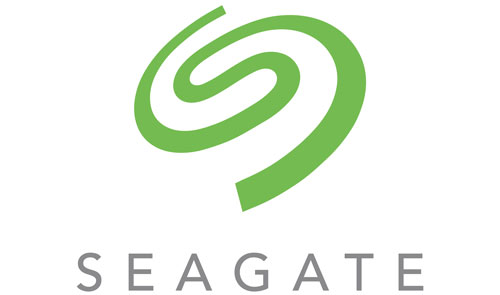


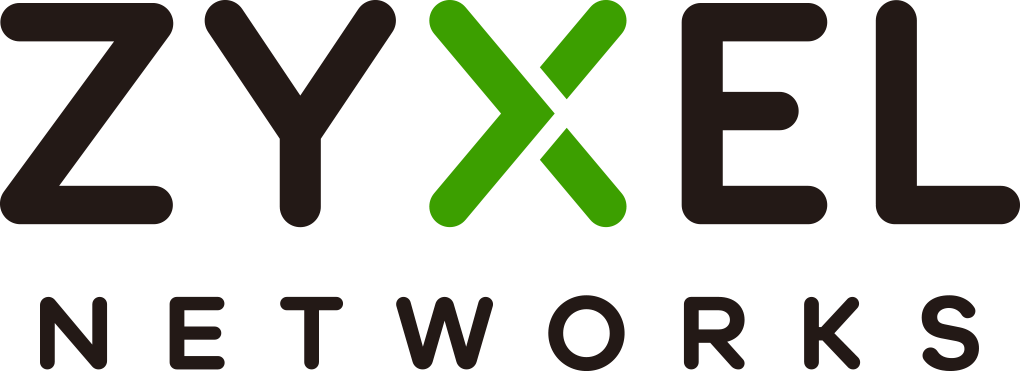





Our Recovery Process
1.SUBMIT FAILED MEDIA
Bring or ship your failed storage media to us for a free diagnostic evaluation and receive an all-inclusive quote. There are no hidden fees for parts, materials, shipping, return media, or any other additional expenses.
2.APPROVAL & RECOVERY
After you approve the quote, we will initiate the recovery process. Once completed, we will copy your data to the return media. You will not be asked for a credit card or any other payment until the data recovery is finished.
3.DATA RETURN
Retrieve your data, copy it to your storage, and benefit from our free post-recovery support. Congrats! You are now among the satisfied customers of ACE Data Recovery.
ACE DATA RECOVERY CLIENTS TESTIMONIALS
"I am truly grateful to them" –
A month ago, I lost several years worth of data. Everything was gone, gone, gone. Not only the ACE Data Recovery people recovered my data, my precious pictures, but they also helped me set up ways to back up my data properly. I am truly grateful to them and would highly recommend this company!
"I could not be happier. Thanks ACE!" –
I can't say enough about ACE Data recovery. They exceeded expectations on every level. My client has a large RAID array that was damaged due to an apparent power surge caused by construction in the building. The surge also took out their onsite backups, so our options were limited. ACE was able to reconstruct the entire array and retrieve 100% of their data!
"I highly recommend their services" –
We had a critical drive crash and discovered the backup software had failed. We were told the data was unrecoverable. So, I contacted Ace Data Recovery to see if they thought there was hope. I was skeptical, but hopeful. The drive had over 300 gb of data, and Ace was able to recover every byte! They replaced my skepticism with total confidence in their engineers and tools and professionalism.
" I'd recommend this business" –
My business hard drive crashed. Ace Data Recovery did a fantastic job of taking care of me. As a huge nervous wreck, I was grateful for every team member of their staff. We paid for the expedited services and it was worth it! I'd definitely recommend this business to anyone who has that sinking feeling of losing all of your data.
Why Choose ACE Data Recovery?
- Free Evaluation & Transparent Pricing
- No Data, No Charge Guarantee
- Fast Turnaround Time (3-5 days)
- Clean Room & Non-Destructive Techniques
- Proven History of Recovering Data from "Unrecoverable" Devices
- Data Confidentiality & Secure Process
Ready to Start a Recovery Case?
Fill out Data Recovery Work Order Form and bring it with your media to one of our locations.
Please provide as much detail as possible, so the results of the diagnostic evaluation are more accurate.
ACE Data Recovery Labs Locations
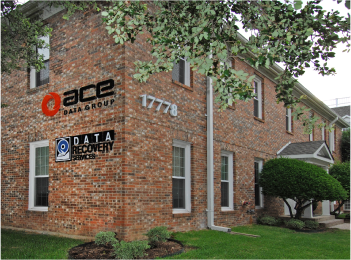
Dallas-Fort Worth Headquarters
17778 Preston Rd., Ste. 100,
Dallas, TX 75252 USA
Office hours:
8:00am-6:00pm CST, Mon-Fri
+1 (877) 304-7189 (Toll Free)
+1 (972) 528-6580
Business emergency:
+1 (214) 924-6291
Customer Service
Dallas location map
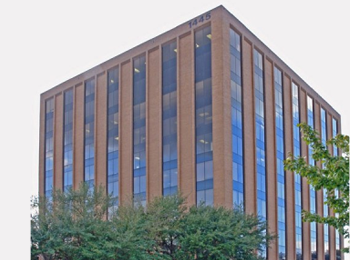
Houston, Texas Lab
1445 North Loop W, Suite 470,
Houston, TX 77008 USA
Office hours:
8:00am-1:00pm CST, Mon-Fri
+1 (832) 303-3364
Customer Service
Houston location map
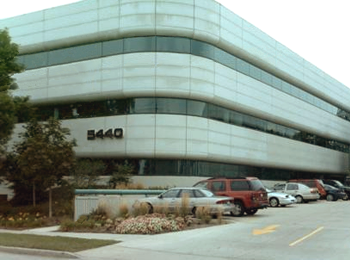
Chicago, Illinois Lab
5440 North Cumberland Ave, Suite A109
Chicago, IL 60656 USA
Office hours:
10:00am-3:00pm CST, Mon-Fri
+1 (872) 228-7028
Customer Service
Chicago location map

 based on
based on 

